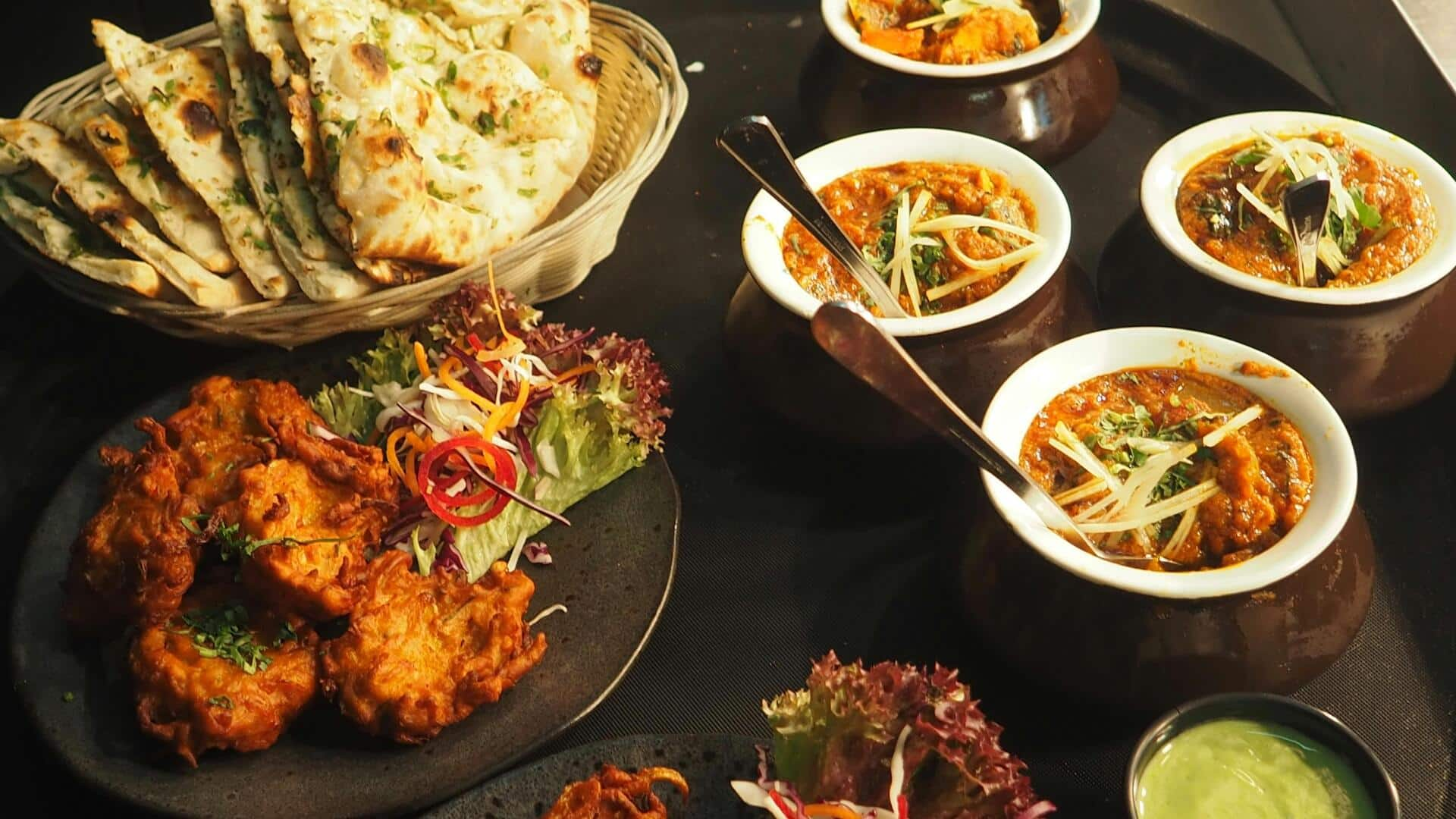
Surprising influences that shaped Indian cuisine
What's the story
Indian cuisine is a melange of flavors and traditions, but few know that its evolution has been influenced by several unexpected factors. From trade routes to colonial encounters, these elements have played a key role in shaping the diverse culinary landscape of India. Exploring these influences gives a deeper understanding of how Indian food has adapted and thrived over centuries. Here are five surprising factors that shaped Indian cuisine.
Trade influence
Ancient trade routes
Ancient trade routes also facilitated the exchange of spices, herbs, and cooking techniques between India and other regions. The Silk Road, for instance, opened up trade with Central Asia and beyond. Spices like black pepper and cardamom became highly sought after commodities. This not only enriched Indian cuisine but also established India as a major player in the global spice market.
Colonial impact
Colonial encounters
Colonial encounters had a huge influence on Indian food habits. The British Raj introduced new ingredients such as potatoes, tomatoes, and chillies from Europe and South America. These ingredients were incorporated into traditional dishes, giving birth to new culinary styles. The influence of British cuisine can still be seen in some Indian dishes today.
Migration influence
Migration patterns
Migration patterns have also played a key role in shaping regional cuisines across India. Communities migrating from one part of the country to another brought their own culinary traditions with them. For instance, the migration of Tamil people to Sri Lanka led to the fusion of Tamil Nadu's flavors with local ingredients, creating unique dishes that are now part of both cultures.
Agriculture impact
Agricultural developments
Agricultural developments over centuries have also shaped what is available for cooking across different regions in India. The Green Revolution, for example, increased crop yields significantly during the 1960s and 1970s. It ensured food security but also changed dietary habits by making certain grains more accessible than others.
Festival influence
Cultural exchanges through festivals
Cultural exchanges through festivals have also played a significant role in diversifying regional cuisines within India. During these celebrations, people come together to share food traditions unique to their communities while also adopting elements from others. This leads to an ever-evolving tapestry woven together by countless threads representing myriad influences, both old and new alike!